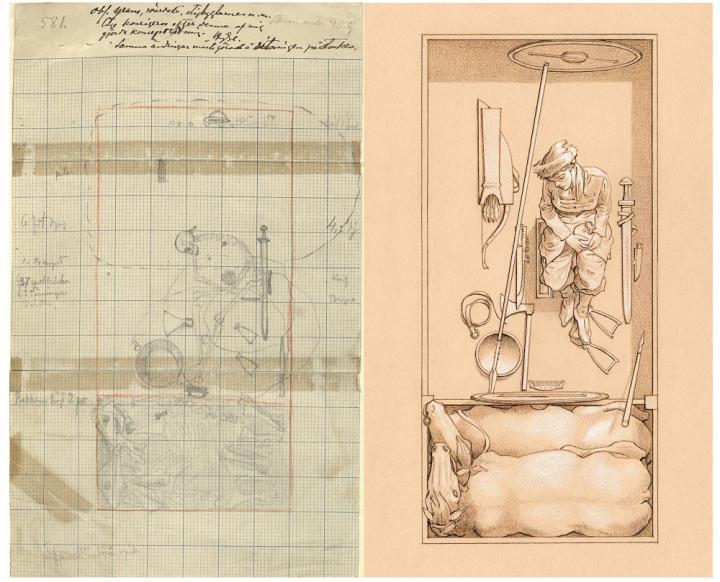On Friday, we received the incredible news that a sword had been found at high altitude in our county. The discovery was made during reindeer hunting. The pictures accompanying the news were just stunning. One of them showed a hunter holding an extremely well preserved Viking sword.
The finder holding the sword, just moments after it was discovered. Photo: Einar Åmbakk.
Our minds were racing, but the immediate thought was that we had to inspect the find spot as quickly as possible. The question was whether this was an isolated find, or if there could be more artefacts here. After consulting with the Museum of Cultural History and the National Park authorities, two members of the Secrets of the Ice team visited the find spot yesterday, together with two of the reindeer hunters (including the finder Einar Åmbakk), a local metal detectorist and a local archaeologist. The group set out from a summer farm and reached the finds area after three hours of brisk walking up the mountain in strong wind.
The reindeer hunters had not taken a GPS position for the find, but we were able to access the exact coordinates through the geographical data stored in the photos. This was very important, as experience shows that it could otherwise have been difficult to relocate the exact find spot in a terrain with few landmarks. Using a GPS, the find spot was quickly re-discovered.
Read the rest of this article...






